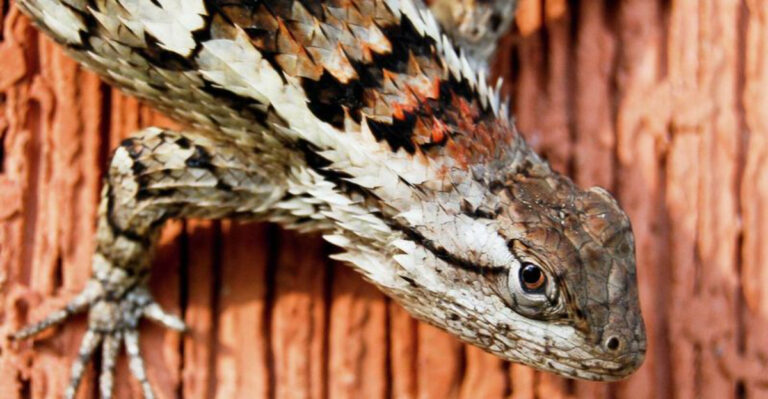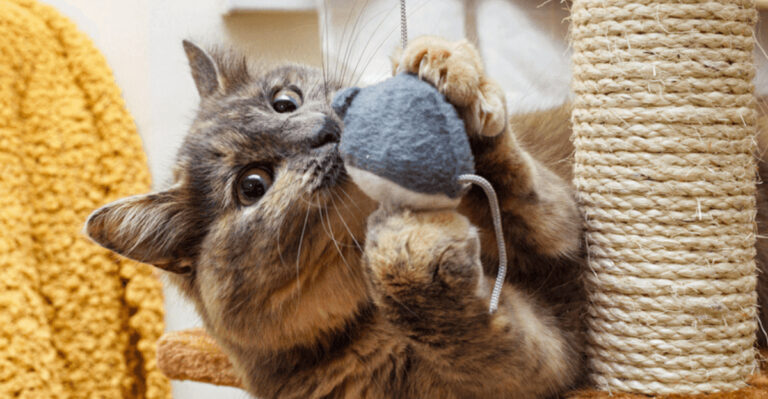13 Surprising Facts About The Chicken That Can Lay 300 Eggs A Year
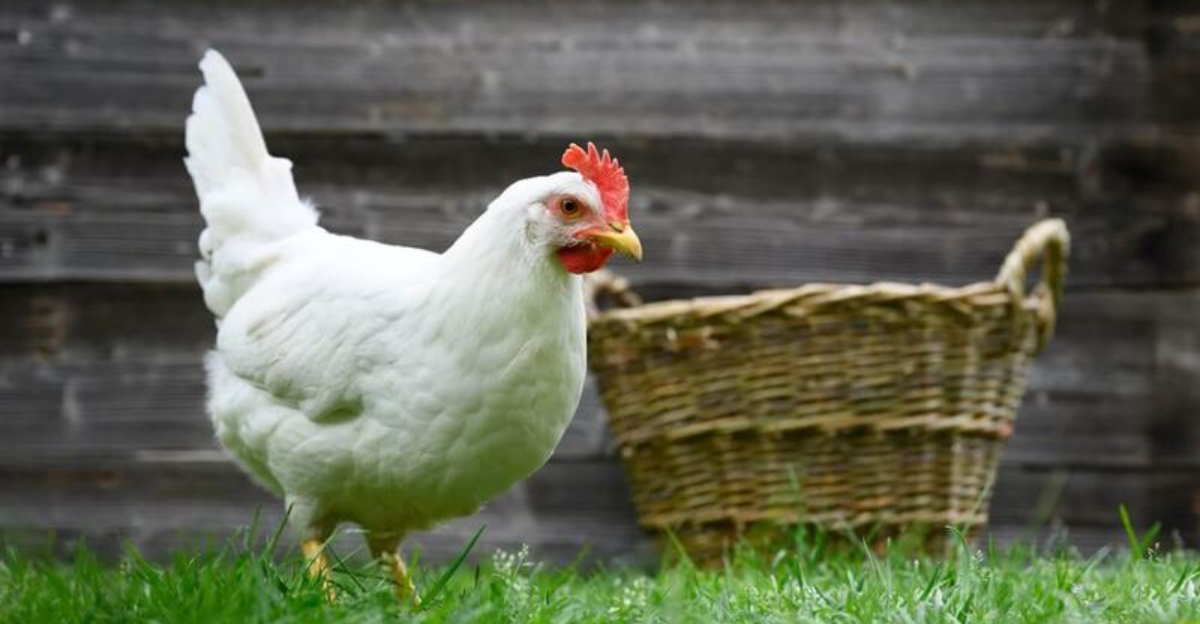
Leghorn chickens are superstars of the poultry world, famous for their incredible egg-laying abilities. These white feathered wonders have been keeping breakfast plates full around the globe for generations.
Whether you’re a backyard chicken enthusiast or just curious about where your morning eggs come from, these surprising facts about Leghorns will give you a new appreciation for these remarkable birds.
1. Egg-Laying Champions
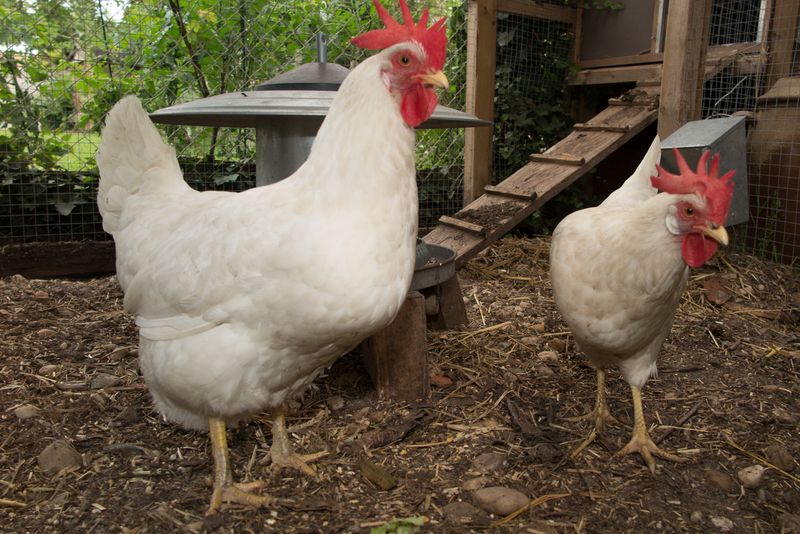
Leghorns are the undisputed egg-laying champions of the chicken world. A healthy hen can produce between 250-300 large white eggs annually – that’s nearly an egg a day for most of the year!
Their incredible productivity is why commercial egg operations rely heavily on Leghorn hens. To put this in perspective, many other chicken breeds produce just 150-200 eggs yearly.
This remarkable output comes without sacrificing egg quality. Leghorn eggs are known for their large size and sturdy shells, making them perfect for both commercial production and backyard coops.
2. Mediterranean Origins
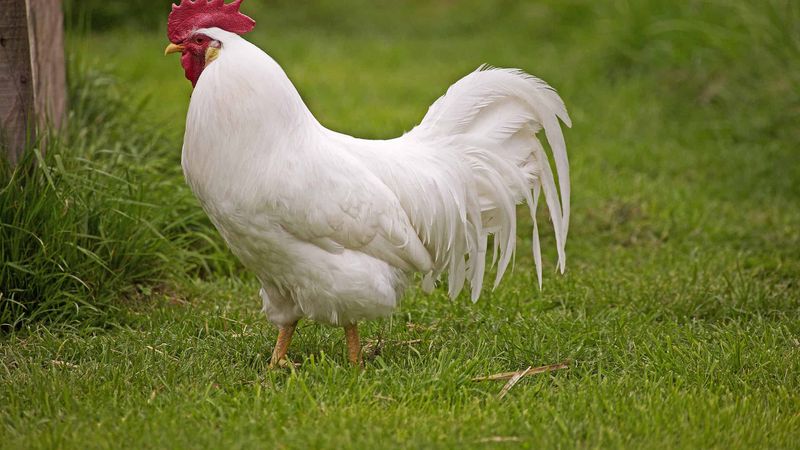
Despite their all-American reputation, Leghorns actually hail from the port city of Livorno, Italy, which the Americans called ‘Leghorn’ in English.
These Mediterranean beauties made their way to America in the 1850s and quickly became the country’s favorite laying hen. The warm Italian climate shaped their evolution into heat-tolerant birds that continue laying through hot summer months when other breeds slow down.
Their Mediterranean heritage explains their sleek bodies and active nature. Italian farmers originally developed these birds for both eggs and meat, but their exceptional laying ability became their defining characteristic.
3. Feathered Efficiency Machines
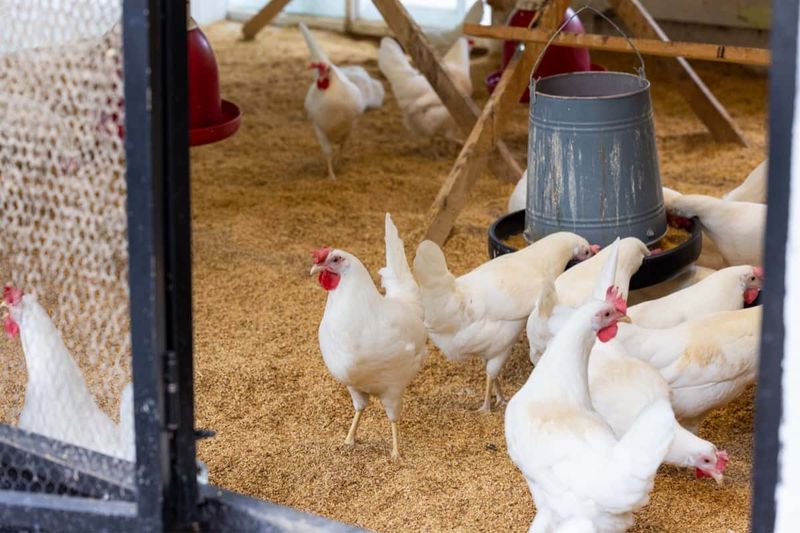
Leghorns are marvels of biological efficiency. Their slender bodies convert feed to eggs with minimal waste, requiring less food than many larger breeds while producing more eggs. This efficiency made them revolutionary for commercial egg production.
A mature Leghorn hen typically weighs just 4–5 pounds but can produce eggs weighing about 2 ounces each, nearly 3% of their body weight daily! Their metabolism is fine-tuned for egg production over meat development.
This extraordinary feed-to-egg conversion ratio makes them economical choices for farmers and backyard chicken keepers alike, especially when feed prices rise.
4. Not Just White
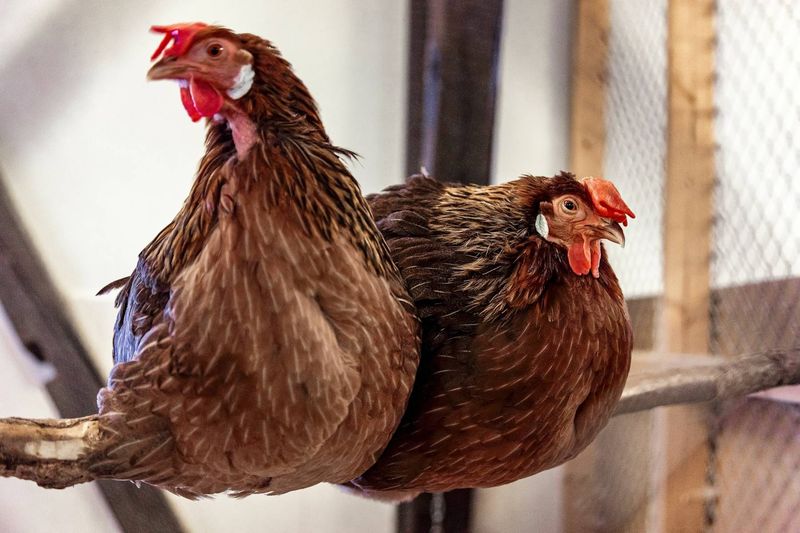
While the classic white Leghorn dominates commercial egg production, this breed actually comes in a rainbow of colors. Brown, black, buff, silver, red, and even blue varieties exist, though they’re less common than their white cousins.
Each color variety maintains the breed’s exceptional laying ability and active personality. The brown Leghorn, with its striking plumage resembling a game bird, is particularly popular among hobbyists.
These colorful varieties were developed by selective breeding to maintain the Leghorn’s productive traits while introducing different feather pigmentations. White became commercially dominant because the plucked birds leave no colored pin feathers on the carcass.
5. Early Bloomers
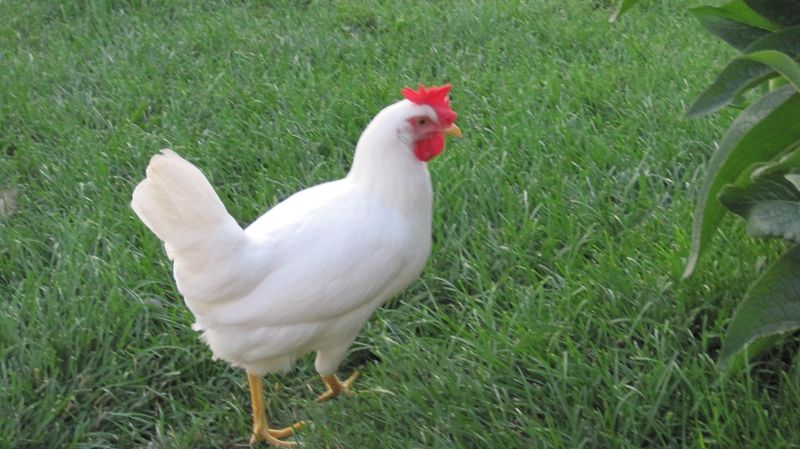
Leghorn pullets (young hens) start laying eggs at just 4-5 months of age, weeks earlier than many other chicken breeds. This early maturity gives them a productive advantage throughout their lives.
Young Leghorns begin with smaller eggs that quickly increase to full size as the hen matures. Their precocious development means a spring-hatched chick can start providing eggs before winter arrives.
Commercial producers value this early start, as it reduces the non-productive feeding period. For backyard chicken keepers, this means less waiting time between cute, fluffy chicks and farm-fresh breakfast eggs.
6. Hollywood Famous
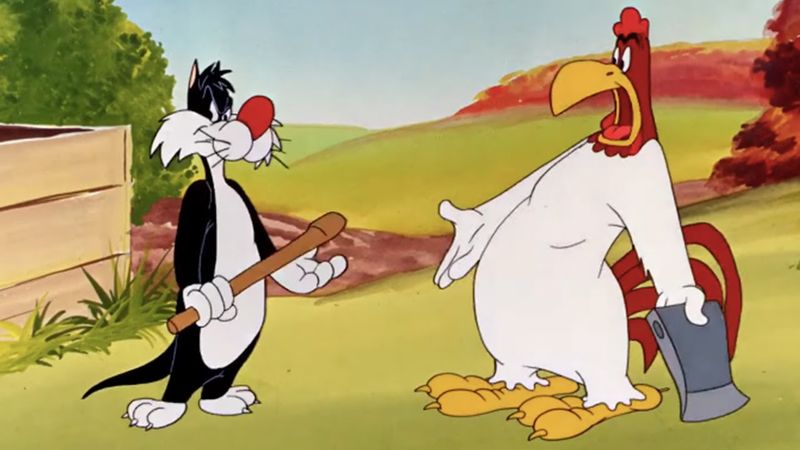
Foghorn Leghorn, the boisterous southern gentleman rooster from Looney Tunes, brought this breed into pop culture spotlight.
Created in 1946, this cartoon character’s distinctive voice and personality made ‘Leghorn’ a household name beyond farming communities. The character’s bombastic personality contrasts with real Leghorn roosters, which are indeed vocal but not quite as talkative as their cartoon counterpart.
Nevertheless, the cartoon captured the breed’s energetic and sometimes dramatic nature. This media representation helped cement Leghorns in American culture, even among those who’d never seen a real chicken.
Many chicken keepers admit Foghorn influenced their choice to add Leghorns to their flocks.
7. Flight Capabilities
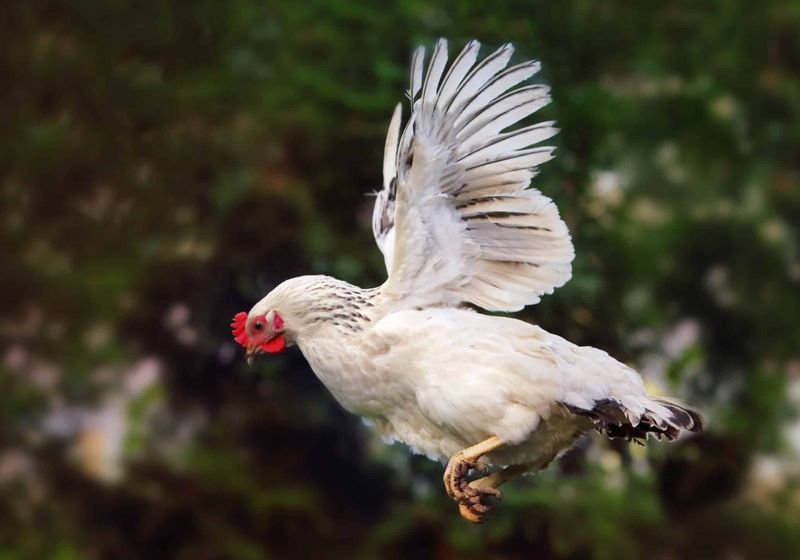
Unlike heavier chicken breeds, Leghorns have retained impressive flying abilities. They can easily clear a six-foot fence when motivated, making them the escape artists of the chicken world. Their lightweight bodies and relatively large wingspan give them aerial advantages most chickens lack.
Backyard keepers often find Leghorns perched in trees or on rooftops, surprising neighbors who didn’t know chickens could fly.
This flight capability stems from their Mediterranean heritage, where wild predators made such survival skills necessary. Modern keepers must either clip wings or provide tall enclosures to contain these feathered aviators – a small price to pay for their exceptional egg production.
8. Self-Sufficient Survivors
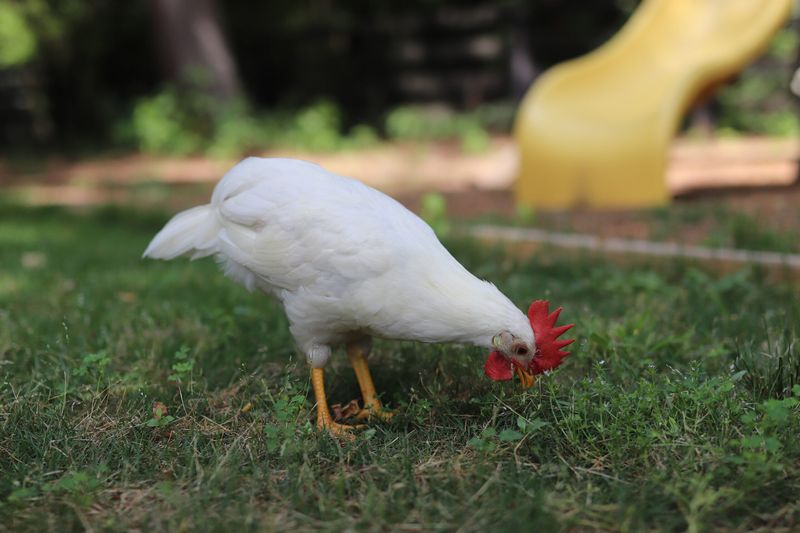
Leghorns possess remarkable self-sufficiency compared to many modern chicken breeds. Their natural foraging instinct remains strong, allowing them to find significant portions of their diet when allowed to free-range.
These resourceful birds actively hunt insects, consume vegetation, and scratch for seeds with minimal human intervention. Their alert nature and quick reflexes help them evade predators better than many domesticated breeds.
This independence traces back to their less pampered origins compared to breeds developed specifically for confinement. For sustainable or organic farming operations, Leghorns’ ability to supplement commercial feed with foraged nutrition makes them economically and environmentally attractive.
9. Legendary Longevity
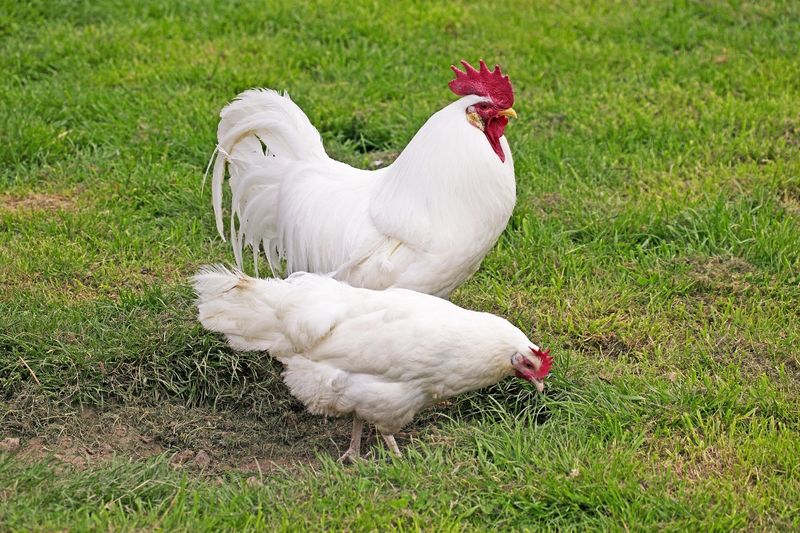
Despite their incredible egg production, Leghorns often enjoy surprising longevity. While commercial operations typically replace hens after 1–2 years, backyard Leghorns frequently lay well for 4–5 years and can live 6-10 years or more.
Their naturally healthy constitution contributes to this extended lifespan. Leghorns typically experience fewer reproductive health issues than some heavier breeds, despite laying more eggs.
Many chicken keepers report their senior Leghorns maintain active, engaged lifestyles long after retirement from serious egg production.
This combination of productivity and longevity makes them excellent investments for small-scale egg producers seeking sustainable flock management.
10. Noise Level: Considerable
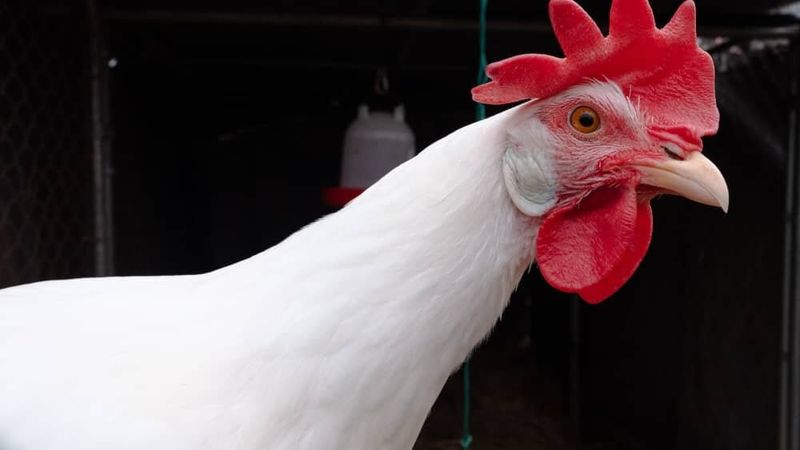
Leghorns have earned a reputation as the town criers of the chicken world. Hens announce nearly every egg with a triumphant “egg song” that neighbors several houses away might hear.
Their vocal nature extends beyond egg announcements. Leghorns communicate constantly about potential threats, food discoveries, or simply socializing within the flock.
This chattiness reflects their alert, engaged personalities. Roosters are particularly renowned for their powerful crows, which can reach impressive decibel levels.
Urban chicken keepers should consider noise ordinances before selecting this breed, while rural keepers often appreciate their built-in alarm system that announces visitors or predators.
11. Low Maternal Instinct
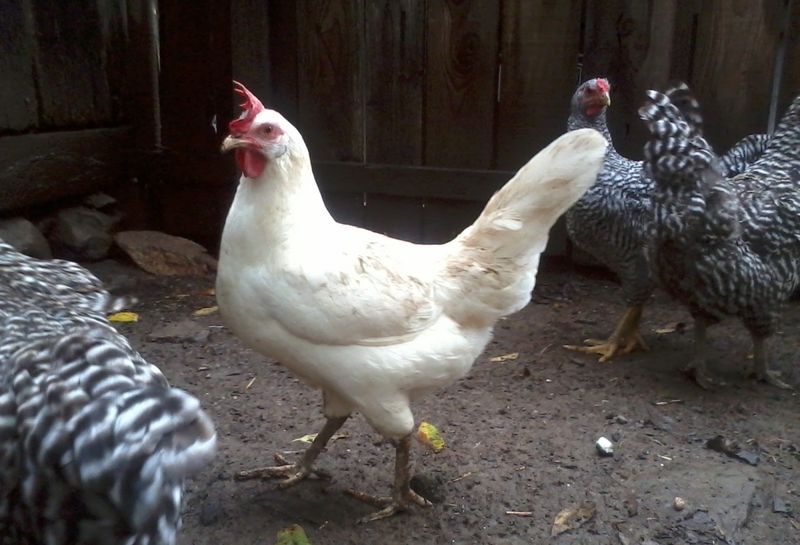
Leghorns have sacrificed maternal instincts in favor of egg production. Most Leghorn hens rarely go broody (the desire to sit on and hatch eggs), making them reliable year-round layers without inconvenient motherhood breaks.
This trait was intentionally bred into them, as broodiness halts egg production while hens incubate and raise chicks. Commercial operations value this, as do egg-focused backyard keepers.
For those wanting baby chicks, this means using incubators or keeping a few hens from broody breeds alongside your Leghorns.
Some chicken keepers view this as the perfect arrangement – eggs from Leghorns and occasional chicks from natural-mother breeds.
12. Hardy Through Weather Extremes
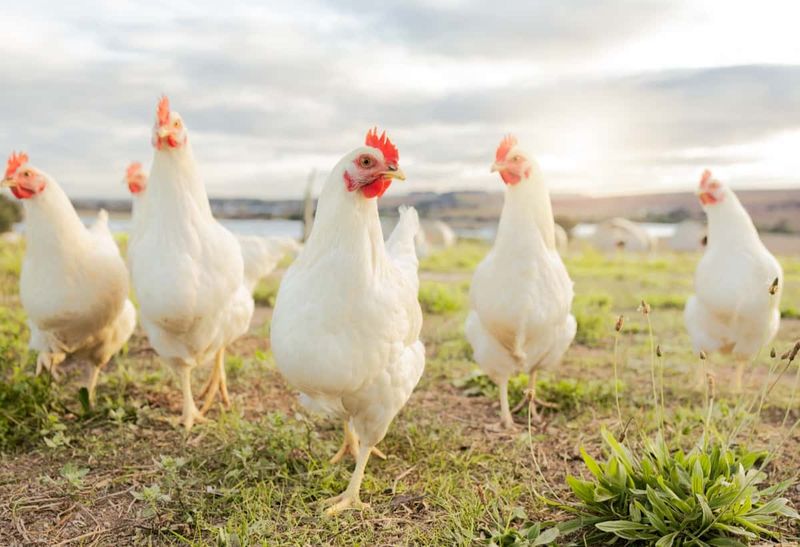
Leghorns show remarkable adaptability to different climates despite their Mediterranean origins. Their large combs act as natural cooling systems in summer, while their active metabolism helps generate body heat in winter.
These tough birds continue laying through temperature extremes that would cause other breeds to stop production. Their resilience makes them suitable for farms from Arizona to Alaska, though their large combs may need frostbite protection in the coldest regions.
During heatwaves, when many breeds suffer reduced egg production, Leghorns often maintain steady laying.
This climate adaptability, combined with their exceptional productivity, explains why they’ve become the global standard for commercial egg production.
13. Energetic Personalities
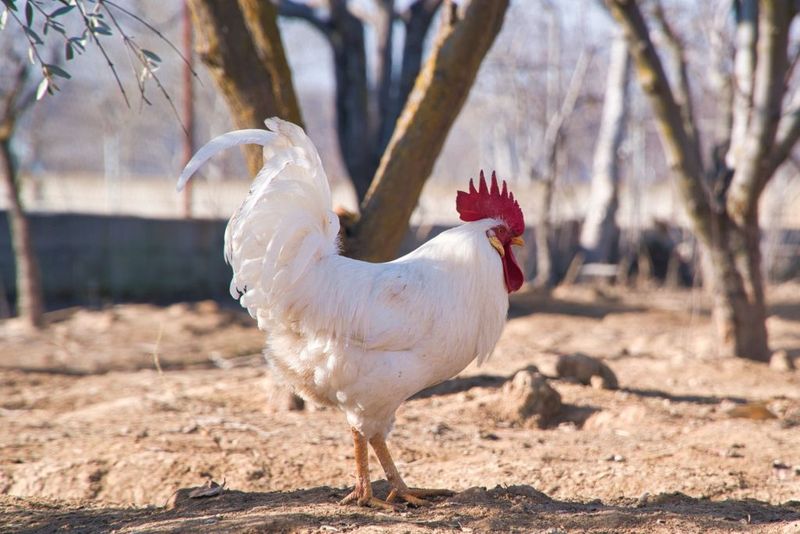
Leghorns bring boundless energy to any flock. These chickens are constantly in motion – scratching, exploring, dust bathing, and investigating their surroundings with insatiable curiosity. Their active temperament makes them excellent free-range foragers, but sometimes challenging to handle.
Unlike docile breeds that enjoy cuddles, Leghorns typically prefer maintaining their independence and personal space.
Many keepers describe their Leghorns as having distinct personalities – from the bossy hen who leads the flock to the clever escape artist who tests fence boundaries.
Their intelligence and energy create entertaining backyard dynamics, though they’re generally not recommended as first chickens for families wanting pet-like birds.


